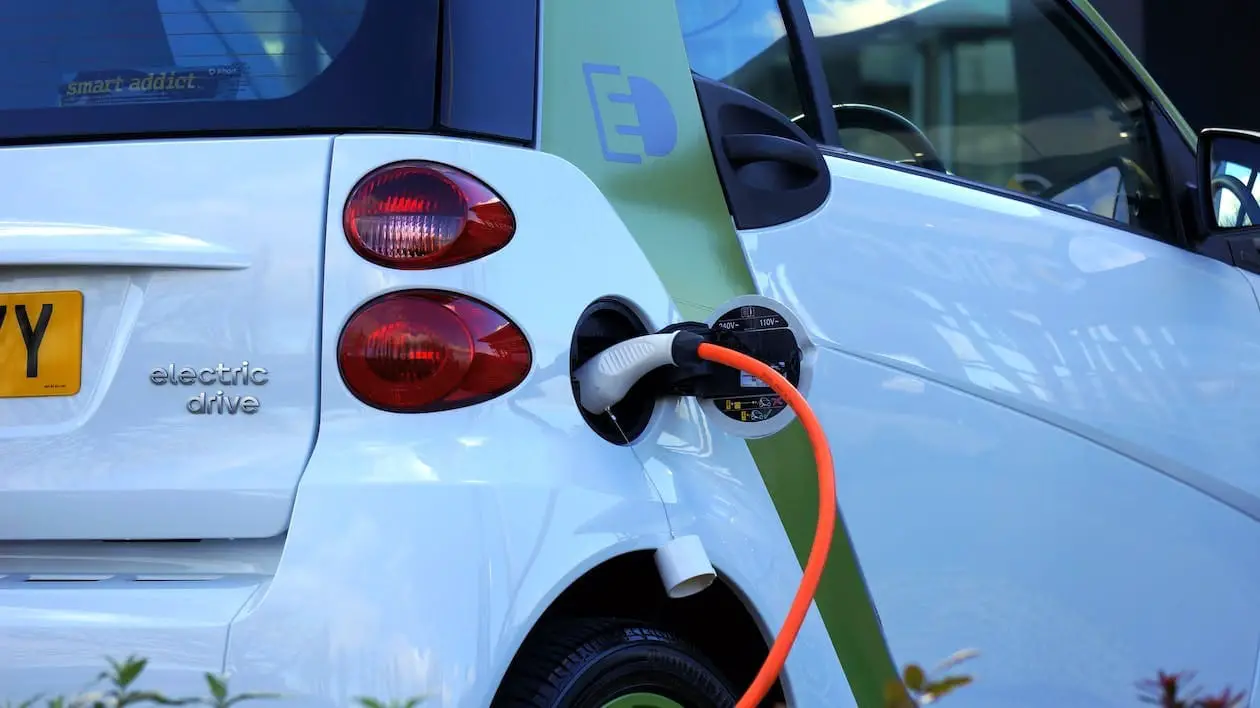Market Analysis: Status of Electric Vehicles (EVs) in Kenya.
Kenya, like many countries globally, is increasingly focusing on sustainable and environmentally friendly transportation solutions


Kenya, like many countries globally, is increasingly focusing on sustainable and environmentally friendly transportation solutions.
The adoption of electric vehicles (EVs) forms a crucial part of this strategy.
Although the EV market in Kenya is still in its infancy, a thriving start-up ecosystem is emerging, offering significant potential for venture capital (VC) investments.
Over 50 start-ups have entered the EV sector in Kenya, highlighting the growing interest and entrepreneurial drive in this area.
Public charging infrastructure is currently limited, but initiatives are underway to expand it.
Read: Global Battery Swapping Charging Infrastructure Market Report 2022.
For instance, BasiGo, an e-bus company, opened a charging station in Nairobi in 2023, the first under the new e-mobility tariff.
BasiGo plans to make its charging stations available for public use to recharge electric vehicles and trucks by the end of 2023.
Electric vehicles (EVs) have become a significant and fast-growing part of the private transportation market.
By the end of 2020, there were already 10 million electric cars globally, following a decade of remarkable growth.
Despite a pandemic-related decline in overall car sales, electric car registrations increased by 41% in 2020.
According to the International Energy Agency (IEA) Sustainable Development Scenario, the global EV market could reach an impressive 230 million vehicles by 2030 if governments enforce stronger climate policies.
In major vehicle markets around the world, EV fleets are expanding rapidly.
The decline in battery and EV costs, along with the swift growth of charging infrastructure, is driving this progress.
This development is also enabling the electrification of various transportation modes, including two/three-wheelers, light-duty vehicles, buses, and even short-range heavy-duty vehicles like those used for urban deliveries.
See: Conversation on electric mobility in Africa.
Manufacturers are responding to rising customer demand by introducing an increasing variety of EV models.
This market analysis provides an overview of the current status, challenges, opportunities, and future prospects of the EV market in Kenya.
2. Current Market Status
2.1 EV Adoption
- Growth Rate: The EV market in Kenya is at a nascent stage but shows promising growth. Over the past few years, there has been a noticeable increase in the number of electric vehicles, particularly in urban areas like Nairobi.
- Types of EVs: The market includes electric motorcycles, electric cars, and a few electric buses. Electric motorcycles are particularly popular due to their affordability and practicality in congested urban areas.
2.2 Key Players
- Importers and Distributors: Companies like Opibus, BasiGo, Kiri EV, and ARC Ride among many others are prominent in the EV sector, focusing on importing, assembling, and distributing electric vehicles.
- Local Manufacturers: There is a budding local manufacturing scene with companies like Opibus working on converting existing combustion engine vehicles to electric ones.
2.3 Infrastructure
- Charging Stations: The number of charging stations is growing, with Nairobi and Mombasa being the primary locations. Companies like EkoRent and ChargeNet are investing in the development of charging infrastructure.
- Supportive Policies: The Kenyan government has introduced several policies to encourage EV adoption, including tax incentives and subsidies for EV buyers.
3. Market Drivers
3.1 Environmental Concerns
- Pollution Reduction: Electric vehicles are seen as a solution to reduce air pollution in cities, aligning with Kenya’s commitment to environmental sustainability.
- Global Climate Goals: Kenya is a signatory to the Paris Agreement and aims to reduce its carbon footprint, with EVs playing a critical role in this strategy.
3.2 Economic Factors
- Fuel Cost Savings: The rising cost of fossil fuels makes EVs an attractive alternative for cost-conscious consumers.
- Government Incentives: Tax exemptions and incentives on import duty for electric vehicles are driving market growth.
4. Challenges
4.1 High Initial Cost
- Affordability: The high upfront cost of electric vehicles remains a significant barrier to widespread adoption, especially among the lower and middle-income population.
- Financing Options: Limited financing options for purchasing EVs further hinder market penetration.
4.2 Infrastructure Development
- Charging Infrastructure: While growing, the charging infrastructure is still inadequate, especially in rural areas. The lack of a comprehensive network of charging stations limits the usability of EVs.
- Electricity Supply: A reliable and consistent electricity supply is crucial for the success of EVs. Power outages and fluctuating electricity prices can be deterrents.
5. Opportunities
5.1 Technological Advancements
- Battery Technology: Improvements in battery technology, leading to longer ranges and shorter charging times, could significantly boost EV adoption.
- Local Innovations: Encouraging local innovations in EV technology and manufacturing could create jobs and reduce dependency on imports.
5.2 Government Initiatives
- Policy Support: Continued and enhanced government policies supporting EVs can accelerate market growth.
- Public Awareness: Increasing public awareness campaigns on the benefits of EVs can drive consumer interest and acceptance.
5.3 Partnerships and Investments
- International Collaborations: Partnerships with international EV manufacturers and investors can bring in the necessary technology and capital.
- Private Sector Investment: Encouraging investment from the private sector in charging infrastructure and EV manufacturing can stimulate market development.
6. Future Prospects
The future of the EV market in Kenya appears promising with several positive indicators:
- Projected Growth: The market is expected to grow significantly over the next decade, driven by technological advancements, supportive policies, and increased consumer awareness.
- Diversification: Expansion beyond urban areas to rural regions as infrastructure improves and costs decrease.
- Integration with Renewable Energy: Integrating EVs with renewable energy sources like solar can create a sustainable ecosystem and enhance electric vehicles' appeal.
To conclude, the electric vehicle market in Kenya is at an exciting juncture, with significant potential for growth.
Addressing challenges such as high costs and inadequate infrastructure, robust policy support, and technological advancements will be crucial for the widespread adoption of EVs.
The journey towards a sustainable and environmentally friendly transportation system in Kenya is underway, promising substantial economic and environmental benefits.




